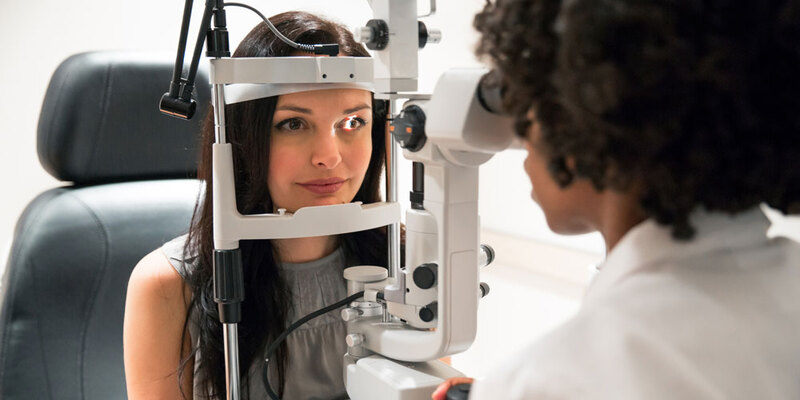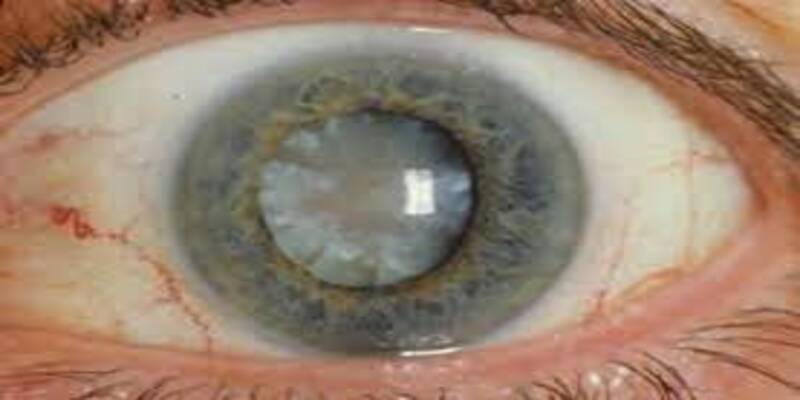Cataracts, as well as glaucoma, are both physical disorders that may lead to eyesight loss. Cataracts develop slowly and painlessly, manifesting as clouding of the eye's normally transparent lens, but glaucoma's onset and progression may be sudden and excruciating or gradual and imperceptible. Cataracts are caused by a transformation in the eye's lens, which obscures vision by blocking out some of the light that would normally reach the eye. The optic nerve connects the eye to the brain, which interprets visual information. Glaucoma is a disease in which increased intraocular pressure damages this nerve, resulting in vision loss. Cataracts are not often the factor that causes blindness, but glaucoma is a leading cause of permanent vision loss and must be treated immediately if diagnosed. People with diabetes are more likely to develop glaucoma and cataracts.
What's Glaucoma?
To put it simply, glaucoma is brought on by an excess of fluid pressure inside the eye. Aqueous humor is the fluid that fills your eyes. Your body replenishes that fluid daily. Your eye's old fluid drains out via a drainage field made of mesh and a tiny hole. The constant pressure gradient within the eyeball is maintained by a constant flow of fresh fluid to replace the old. Your eye pressure might rise if any of these drains is obstructed. The optic nerve fibers may be irreparably destroyed if the fluid pressure isn't reduced. Open-angle glaucoma and closed-angle glaucoma are the two main subtypes.
Symptoms
If glaucoma develops slowly, it may not initially cause any noticeable symptoms. Loss of peripheral vision is often the first sign. Your peripheral vision may suffer as a result. Symptoms of closed-angle glaucomas, such as severe eye discomfort, can appear suddenly. Your eye may be inflamed and feel stiff to the touch. Nausea is another possible side effect. Halos of light may appear around objects, and your vision may blur if you have closed-angle glaucoma.
Glaucoma Risk Factors

People above the age of 60 have an increased chance of developing glaucoma. Open-angle glaucoma is more common in people of African American and Latino descent. The risk of developing closed-angle glaucoma is higher in women and persons of Southeast Asian, especially Alaska Native ancestry. One's risk of developing glaucoma increases if they have a first-degree relative who suffers from it.
Treatment And Diagnosis
Diagnosing glaucoma during a normal eye checkup is possible. Your doctor may prescribe eye drops that cause a dilation (widening) of your pupil to detect glaucoma. The eye doctor will also check the intraocular pressure. No discomfort is expected from this. Your eye doctor may use a scanning instrument to examine your eyes for glaucoma symptoms if they feel it is important. Medicated eye drops, which may assist in reducing eye pressure, are frequently the initial line of therapy for glaucoma. Laser surgery may be recommended whenever your ophthalmologist determines that eye drops aren't the best course of therapy or are ineffective.
What Are Cataracts?
To see, light must pass through the eye's transparent lens and onto the retina, located in the rear of the eye. Your eye's protein components degrade with age. They may cluster together and obscure or distort your eyesight with their white, yellow, or brownish hues. Cataracts are clusters of cloud-like material that form in the eye.
Symptoms
Cataracts are a slow-moving disease. Symptoms may not present themselves immediately, but you can expect to feel some variation of the following over time:
- hazy perception
- confused perceptions
- poor night vision
- an amplified reaction to illumination
- weak hues
- The need for new glasses constantly.
Treatment And Diagnosis

During a regular eye checkup, a simple dilation test may reveal cataracts. Your doctor will put drops in your eyes to dilate (enlarge) your pupils so they can examine your retina more clearly. This way, your doctor will be better able to detect cataracts on your lens. Assuming your cataracts are mild, your eye doctor may be able to adjust your glasses prescription to compensate for your new visual needs. Cataract surgery is an option if your condition has progressed to this point. Cataract surgery is routine and often successful.
Conclusion
Cataract surgery and glaucoma surgery are both surgical options for treating vision loss. However, cataract surgery may restore lost sight, while glaucoma treatment cannot. Cataracts should be surgically removed when they start interfering with normal activities. However, glaucoma presents distinct symptoms, including abrupt discomfort, nausea, impaired vision, and the fast loss of sight that may result from the disease. Surgery for cataracts is distinct from glaucoma surgery. Cataract surgery entails eradicating the eye's cloudy lens and replacing it with an artificial one. In contrast, glaucoma surgery often uses a laser to unblock the small canals in the eye.




